 Abraham Lincoln
If given the truth, the people can be depended upon to meet any national crisis...
Abraham Lincoln
If given the truth, the people can be depended upon to meet any national crisis...
 Guildford news...
for Guildford people, brought to you by Guildford reporters - Guildford's own news service
Guildford news...
for Guildford people, brought to you by Guildford reporters - Guildford's own news service
Birdwatcher’s Diary No. 214
Published on: 24 Aug, 2020
Updated on: 24 Aug, 2020
By Malcolm Fincham
Things cooled down, though only briefly during the first days of August.
Before the first week was out the heat had returned, bringing with it some breathless times in the oven-ready midday high temperatures.
A plume of Saharan sunshine was pushing up from the continent, taking temperatures back up into the mid 30s in southern regions of the UK. Mad dogs and postman seemed to be the only ones seen out in the midday sun! Occasionally, (on his day off), they were joined by a wildlife photographer.
Some of the birds I came across were looking almost as fatigued as I was from the heat.
The jackdaws I saw stood mouths open attempting to control their body heat.
One could be seen close by. At first thought, I believed it to be dead. Its wings splayed as it lay on the grass. It was in fact, ‘sunbathing’!
This act is also performed by blackbirds as well as other bird species. It is used as part of their routine feather maintenance. They adopt a posture in which the body feathers are fluffed up and their wings are held out from the body, with feathers spread.
It is thought that using the sun in this way does two things. It both helps the preen oil to spread across the feathers and drives parasites out from within the plumage.
Sometimes they will attempt to attract ants. A chemical given off by ants, called formic acid, helps the birds get rid of the tiny mites and other pests that live in their feathers.
Also noticed was a kestrel laying flat out on a log, seemingly exhausted by the high temperature.
A pair of juvenile peregrines could be viewed looking spent, as they looked out from a chalk-cliff ledge in the fervent afternoon sun.
As I continued my walks on the wild, wild side of life, it was by now rapidly coming to the end of the year for spotting new species of butterflies within the Surrey boundaries.
With recent sightings of a grayling butterfly now added to the year list, seen once again on Thursley Common, it left just two species to be found (realistically) within the Surrey countryside.
A walk with Dougal along the top most path alongside the blackthorn hedgerow that borders south-facing part of Pewley Down, we were hopeful to see a brown hairstreak for the first time this year.
They are one of the last butterflies to emerge in Surrey. We had seen them at this site in previous years. Even getting some decent photos of this elusive butterfly, that can still be seen and read about in my Birdwatcher’s Diary archives.
On this occasion it was undoubtedly a struggle, as proven on many previous attempts in past years. It is mostly a matter of luck and patience. They spend most of their time buzzing around the tops of their “master” tree (an ash) often only coming down to lower lying blackthorn to lay their eggs.
Eventually we saw two “dogfighting” high up in an ash tree just beyond the line of blackthorn.
Holly blues seemed to be abundant in their second brood this year. This was noted during our patient wait and eventual success in seeing the hairstreaks.
Whiling away a few hours, attempting to cool down from a radiant sun, I continued to spend a few evenings watching the wheels of life turning while relaxing on a bench at Britten’s Pond.
A kingfisher could be seen there, though mostly distant, flying low across the water. Occasionally it would perch up on one of the islands on the lake.
A family of grey wagtails could now be seen, often flitting back and forth along the water’s edge.
A sparrowhawk flew high over the pond, heading to roost on Whitmoor Common.
Two juvenile moorhens played together nearby in the shallows of the pond.
While an already very astute juvenile robin scurried around by me, hoping to cadge a morsel of crumbs.
A dusty haze was hanging from a desert-like sky, when I visited the southern slopes of Denbies Hillside on Ranmore Common near Dorking on August 9.
Silver-spotted skipper. These little critters are renown for being annoyingly camera-shy. It took a while to get one’s “eye-in” on them. Eventually coming across a good dozen or more during my walk to the bottom of the south-facing slope there.
They remained almost impossible to photo. Nearly every time I was about to photo one taking flight became a tad frustrating on such a hot day. Eventually, I did get a few respectable shots, but by then I was exhausted by the heat.
Adding to that I then realised I had gone further down the hill than I had intended, and now had the steep slope to climb to make my return. Choosing to zigzag the hill seemed to make the going a little easier.
To my surprise some luck had come my way, as I wearily walked a narrow path between some shrubs made up of various vegetation including blackthorn. I stopped dead in my tracks. With perspiration burning my eyes, I attempted to focus on a small butterfly. It was perched directly in my line of vision and was unmistakeably a brown hairstreak.
Having only got glimpses and record shots the week before on Pewley Down, I felt justly treated to a close encounter of the hairstreak kind.
While close to the summit of the hill, I also managed see and photograph a silver-washed fritillary still in reasonable condition.
While two clouded yellow butterflies continued to be seen there.
I was surprised at what appeared to be an absence of what should now be a second brood of adonis blue butterflies. Fortunately, I had already seen them before this year as I reported in an previous report report.
Attempts later that day to find crossbills in Effingham Forest, still to see any this year, once again drew a blank.
But it was still a pleasure to see and hear families of marsh tits in several areas of woodland. As well as a few photos of a firecrest. One of several, heard and seen there.
The combustible mix of heat and dry weather during the first weeks of the month produced a couple of heathland fires within Surrey. The worst being on Chobham Common.
August 12 was a personally worrying day. Reports of another fire, this time it was turn of my local heathland, Whitmoor Common, in the parish of Worplesdon.
Fortunately, with much gratitude to the rapid response of the fire and rescue team, the flames were soon under control, preventing extensive damage.
And saving much of the wildlife that would have, fearfully, been lost on the larger area of Chobham.
On Whitmoor, all seemed to still be in order in the way of wildlife, after the fire.
Roe deer could be seen grazing in the “old” paddock field.
While a fox continued to survey the rabbits that grazed there.
The heathland was coloured purple by its flowering heather.
And the continued sighting of nightjars, gave me hope they were raising young.
By the next few days things had cooled down a little and some much needed rain had arrived… to be continued.
Responses to Birdwatcher’s Diary No. 214
Leave a Comment Cancel replyPlease see our comments policy. All comments are moderated and may take time to appear. Full names, or at least initial and surname, must be given.
Recent Articles
- Camberley’s House of Fraser To Be Left Mothballed
- HRA Report Shows Overspend and Possible Fraud Occured Despite Many Warnings
- Letter: Those in Elected Office Should Refrain from Deliberately Misleading the Public
- Cup Run Ends After City Fade in Second Half
- Press Regulator Condemns Behaviour of News Group Newspapers
- MP Says Raw Sewage Flooding Gardens is ‘Absolutely Disgusting’ – ‘Thames Water Must Stop It’
- Opinion: We Should Restore Clandon House
- Letter: Report on Councils’ Collaboration Benefits Has Been Over-hyped
- Council Tenants Unhappy With the Way GBC Handles Their Complaints
- Police Operation Puts Drug Gang Members Behind Bars


Recent Comments
- Anthony Mallard on Opinion: We Should Restore Clandon House
- Heather Evans on Council Tenants Unhappy With the Way GBC Handles Their Complaints
- Michael Foster on Regulator Finds ‘Serious Failings’ in GBC’s Council Housing Safety Compliance
- Dave Middleton on Council Tenants Unhappy With the Way GBC Handles Their Complaints
- Jane Austin on Reported Council Collaboration Savings Contested By Opposition Councillors
- Andrew Few on Memories Of The Young Eric Clapton at Guildford’s Harvest Moon Club
Search in Site
Media Gallery
Dragon Interview: Local Artist Leaves Her Mark At One of England’s Most Historic Buildings
January 21, 2023 / No Comment / Read MoreDragon Interview: Lib Dem Planning Chair: ‘Current Policy Doesn’t Work for Local People’
January 19, 2023 / No Comment / Read MoreA3 Tunnel in Guildford ‘Necessary’ for New Homes, Says Guildford’s MP
January 10, 2023 / No Comment / Read More‘Madness’ for London Road Scheme to Go Ahead Against ‘Huge Opposition’, Says SCC Leader
January 6, 2023 / No Comment / Read MoreCouncillor’s Son Starts Campaign for More Consultation on North Street Plan
December 30, 2022 / No Comment / Read MoreCounty Council Climbs Down Over London Road Works – Further ‘Engagement’ Period Announced
December 14, 2022 / No Comment / Read MoreDragon Interview: GBC Reaction to the Government’s Expected Decision to Relax Housing Targets
December 7, 2022 / No Comment / Read MoreHow Can Our Town Centre Businesses Recover? Watch the Shop Front Debate
May 18, 2020 / No Comment / Read More



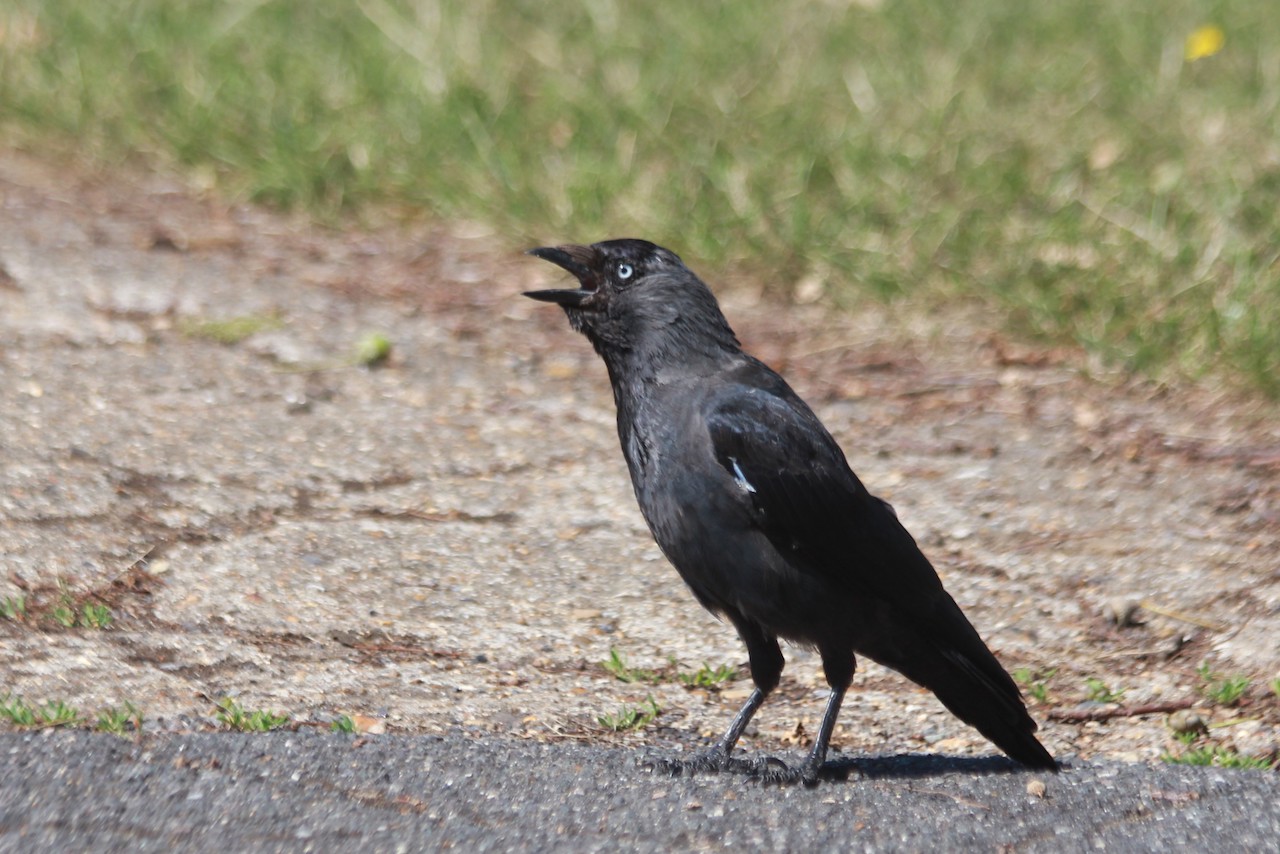

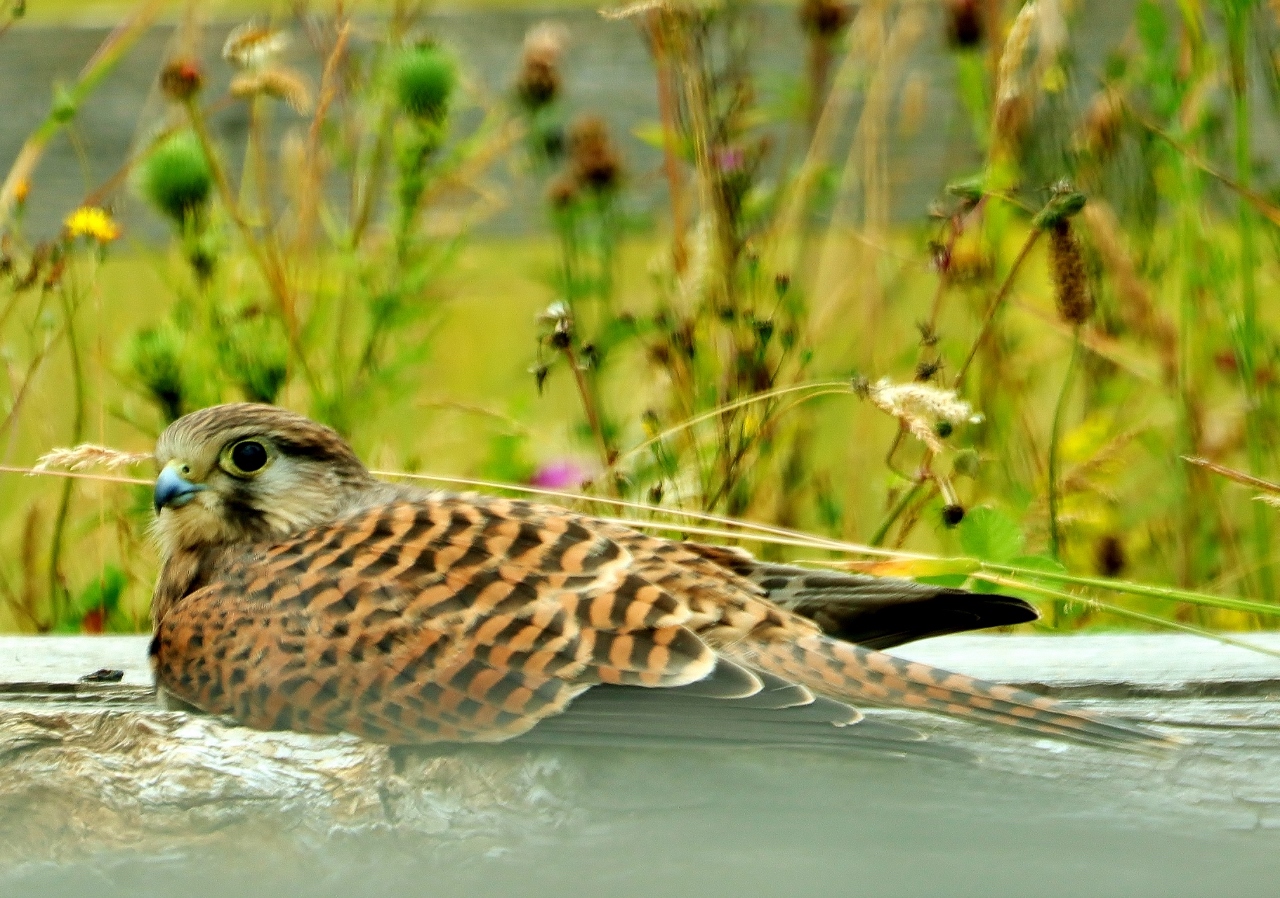

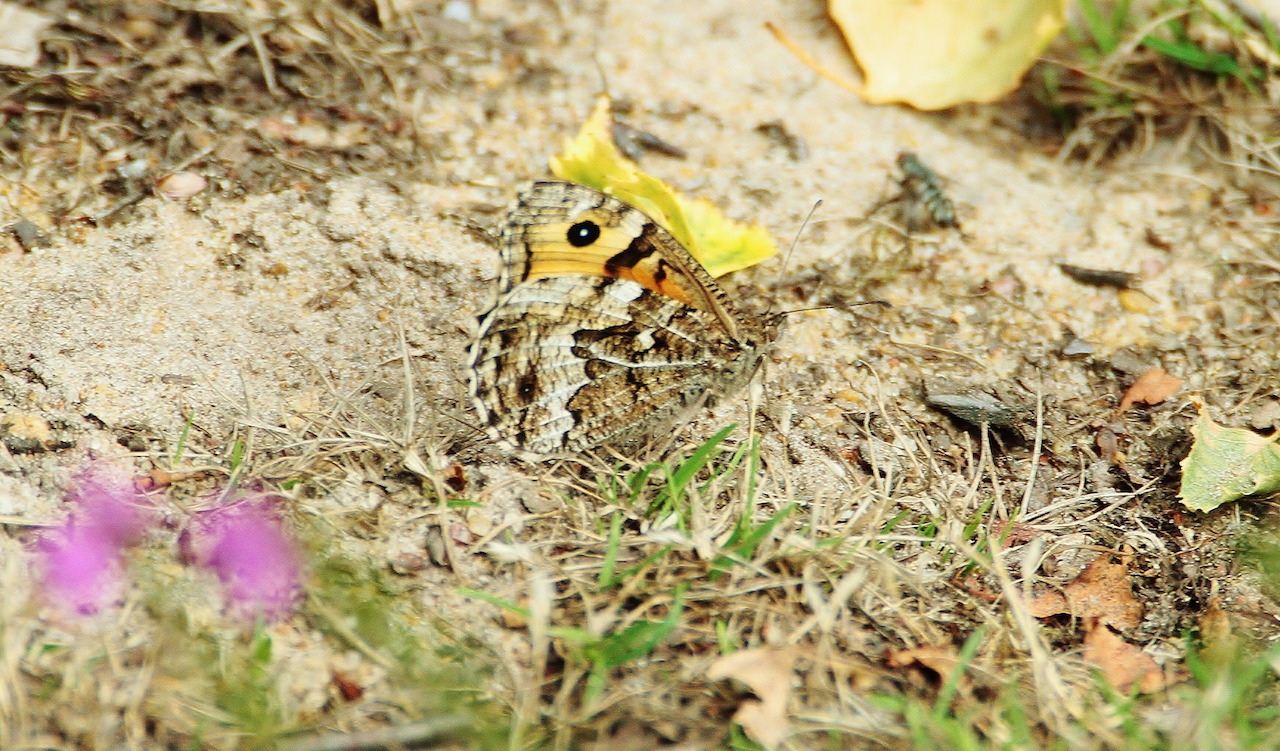
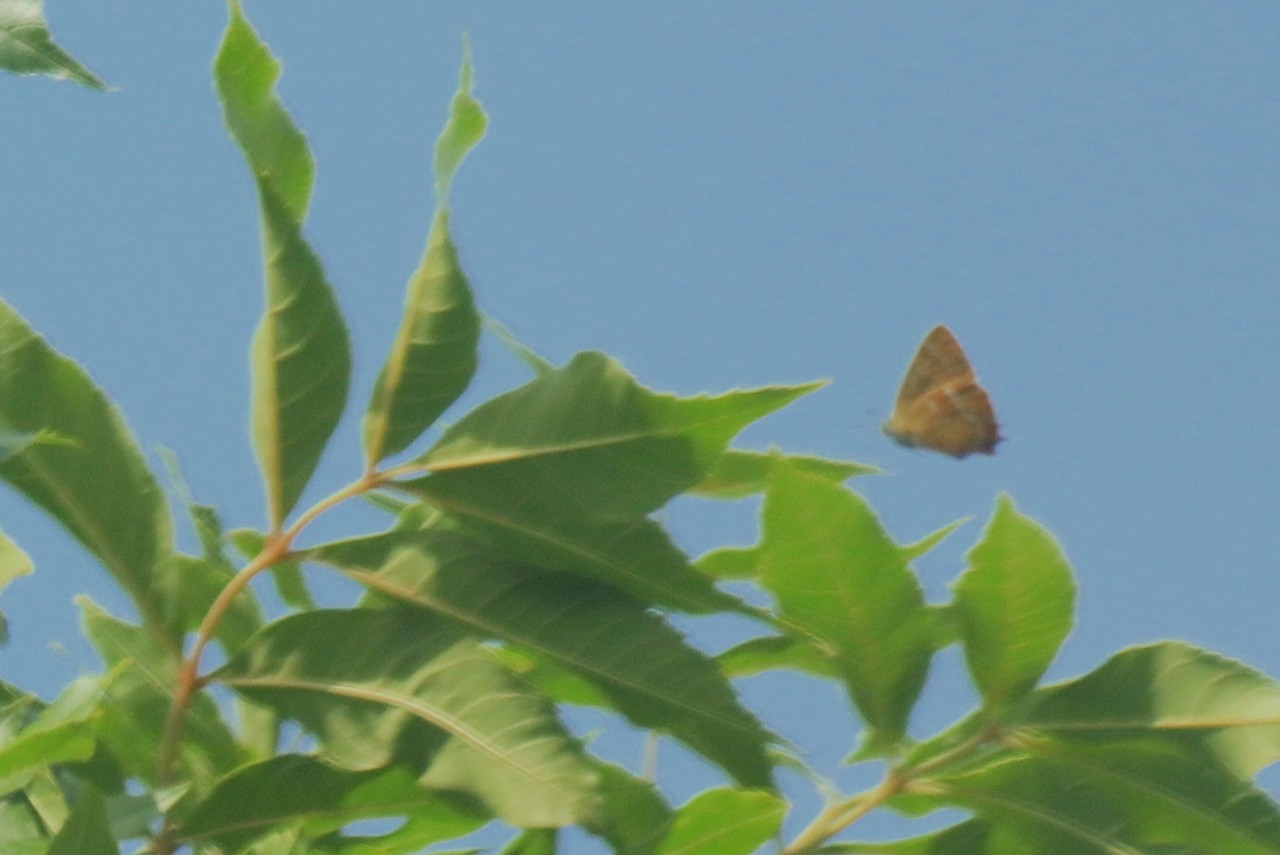
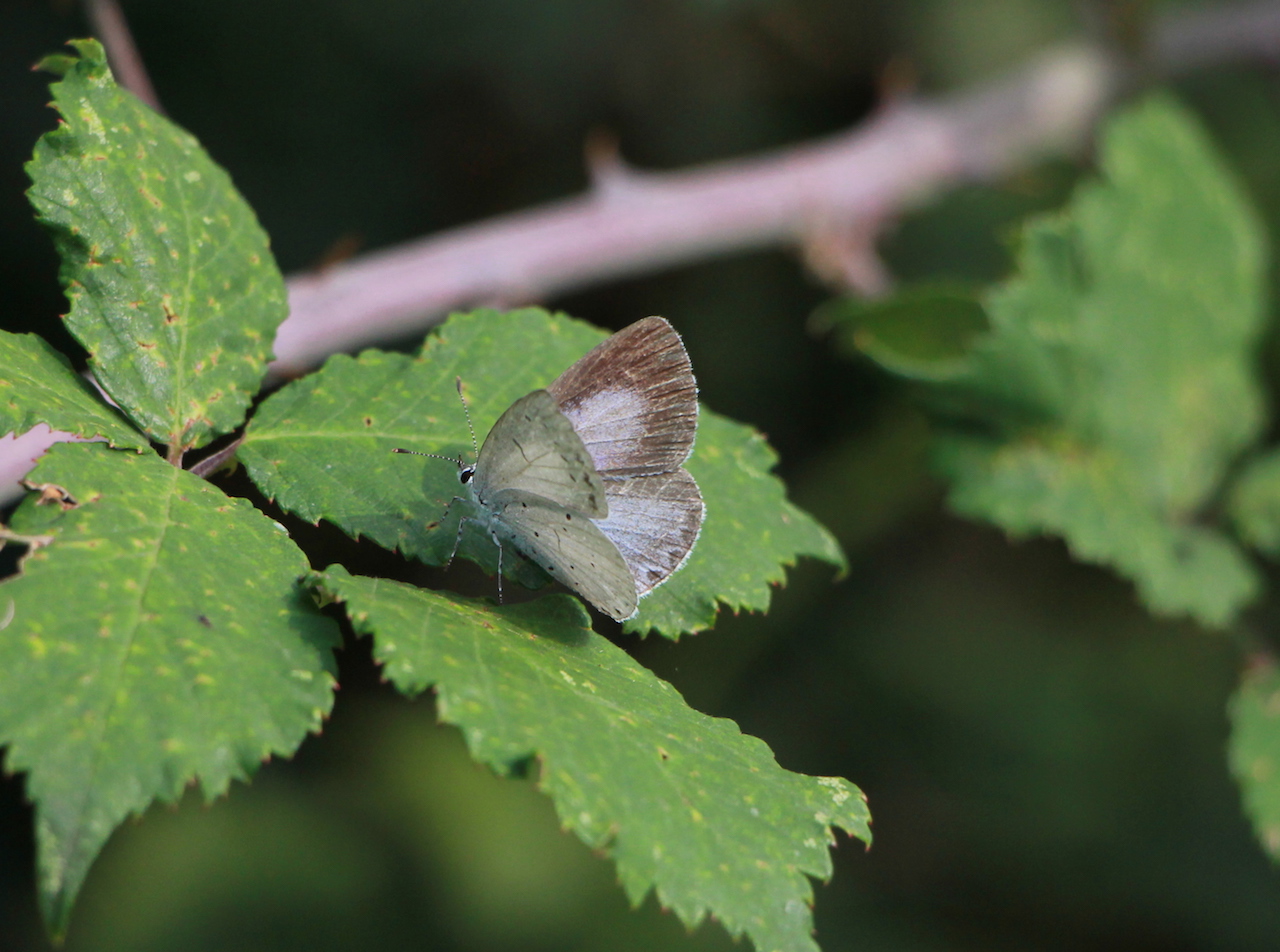




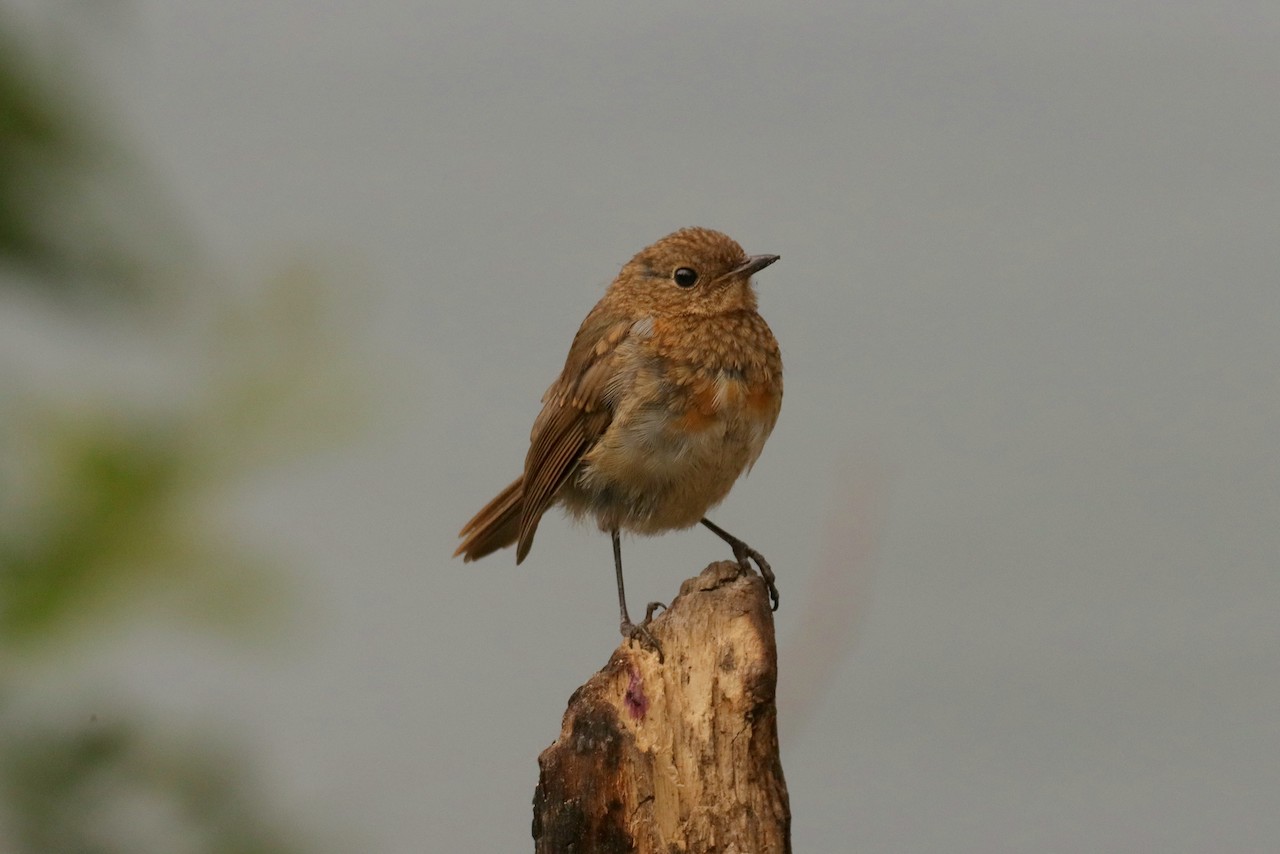
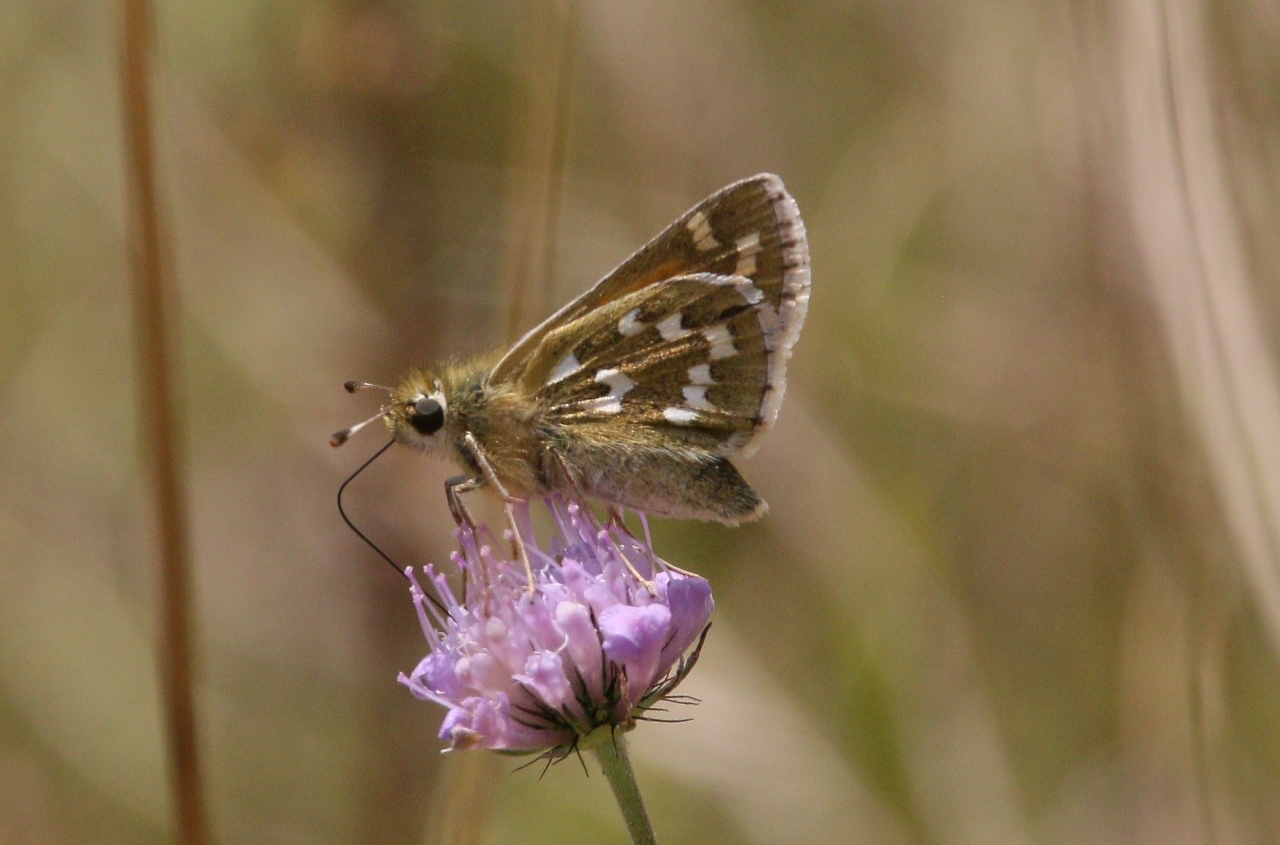
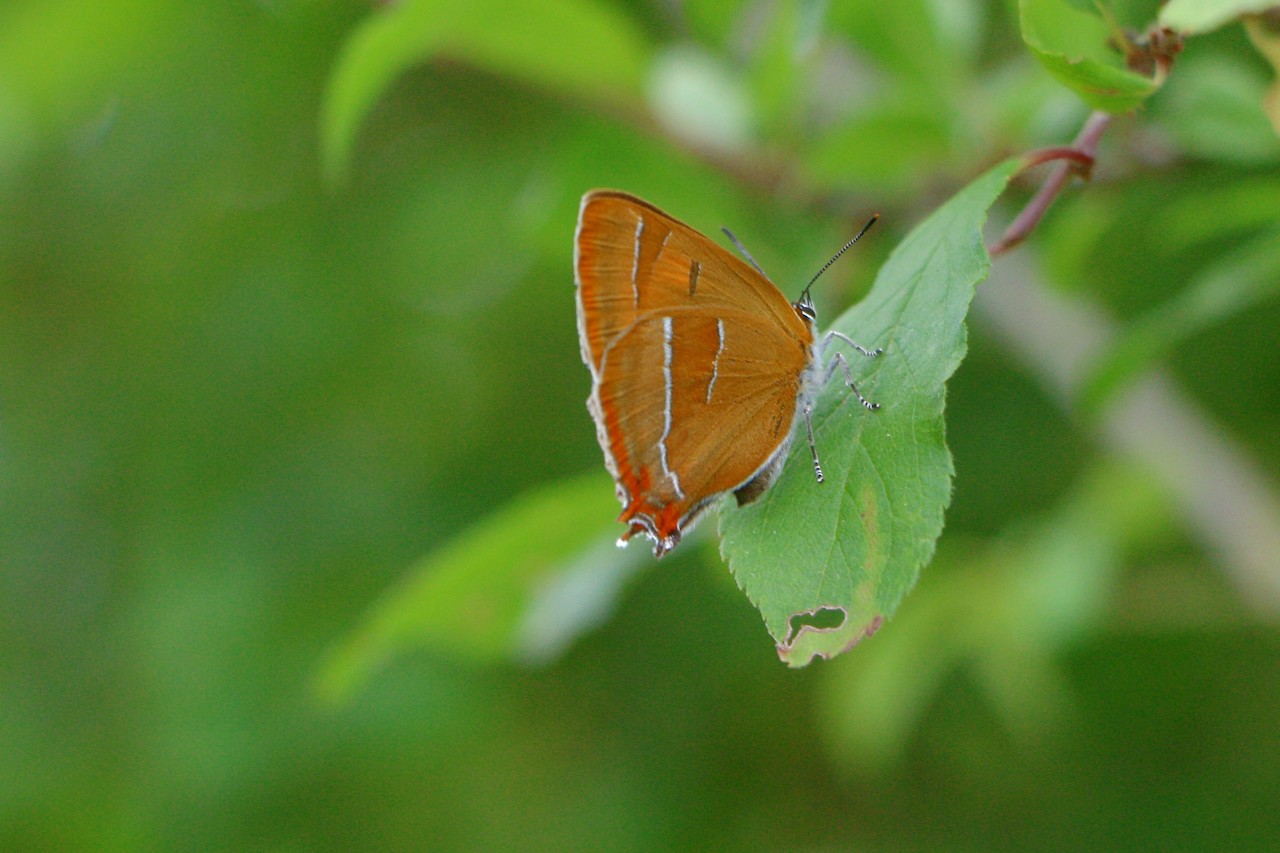



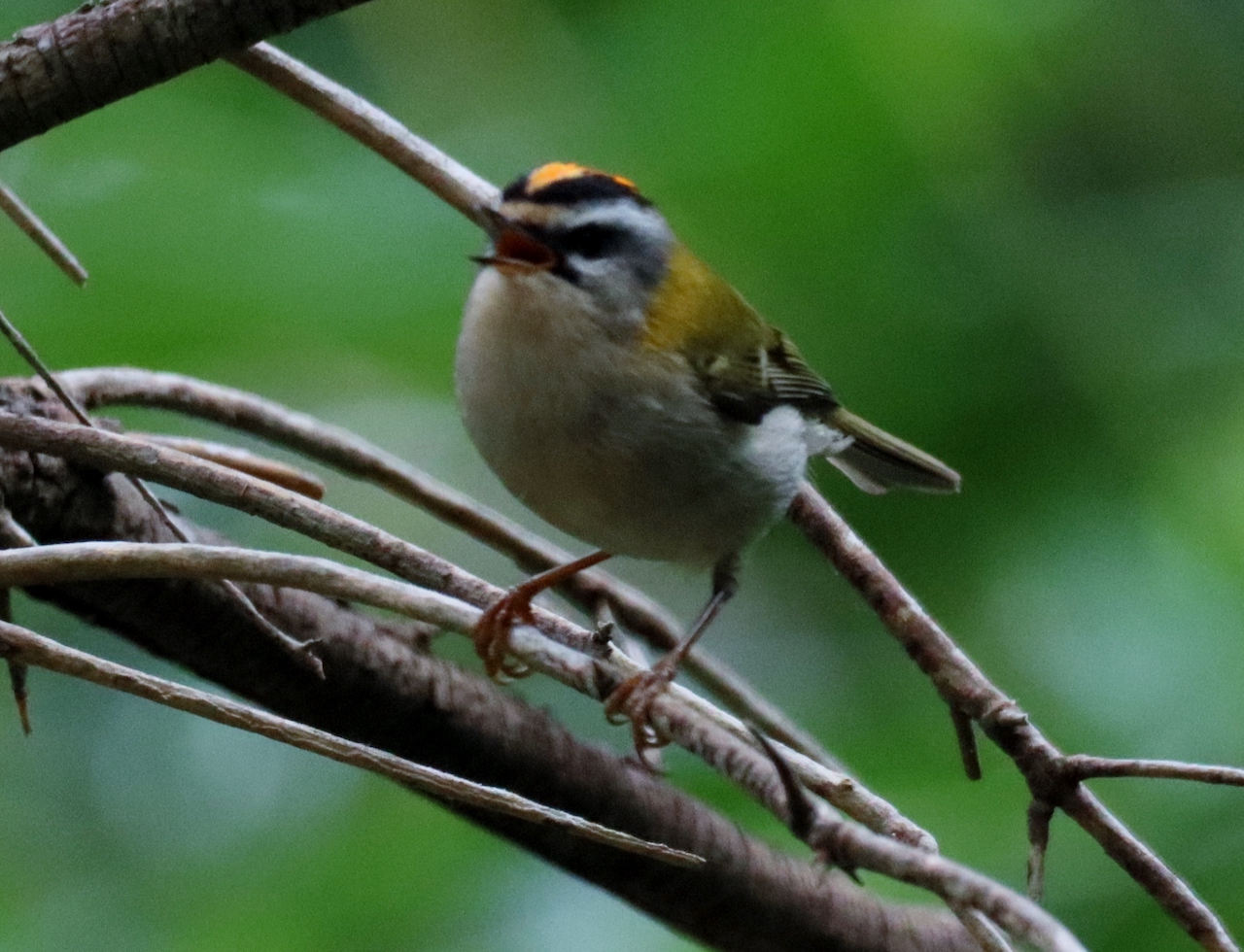
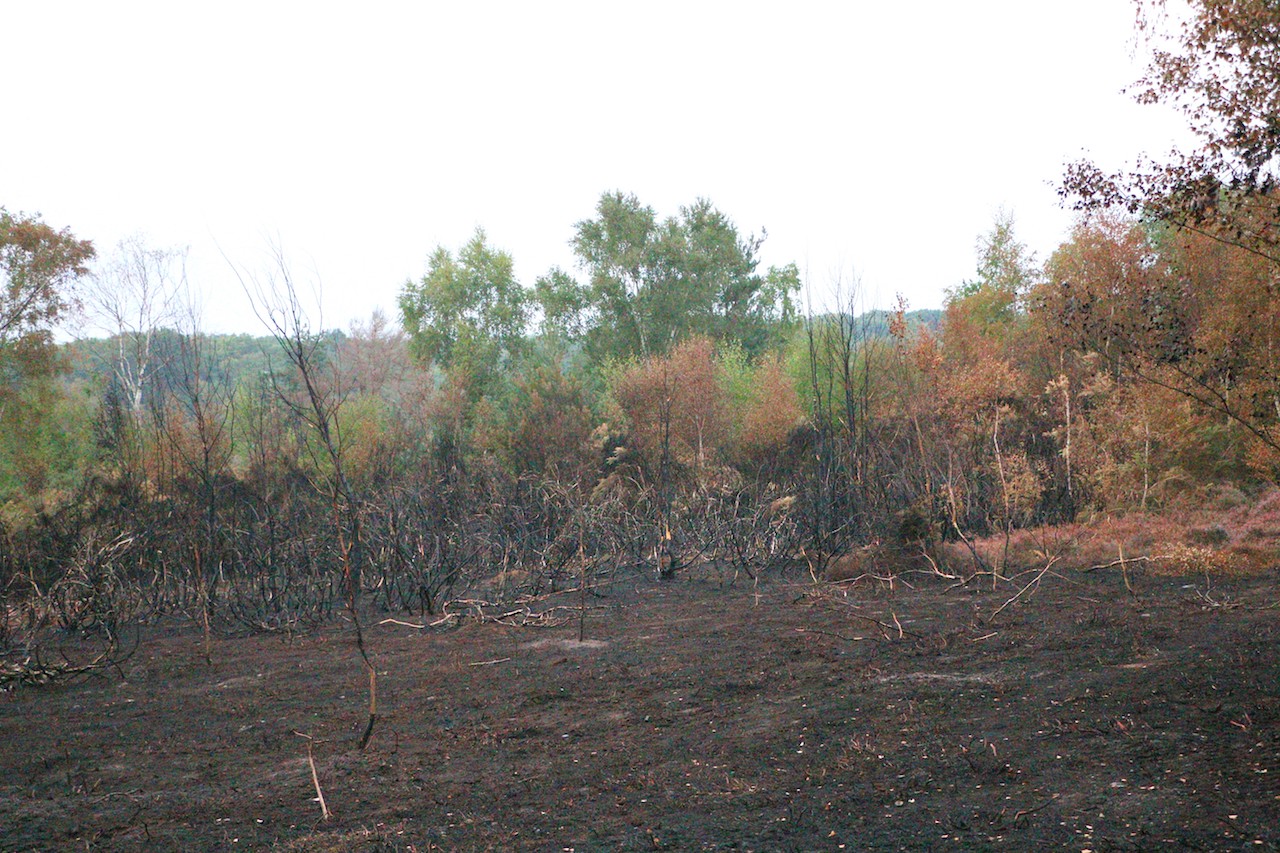
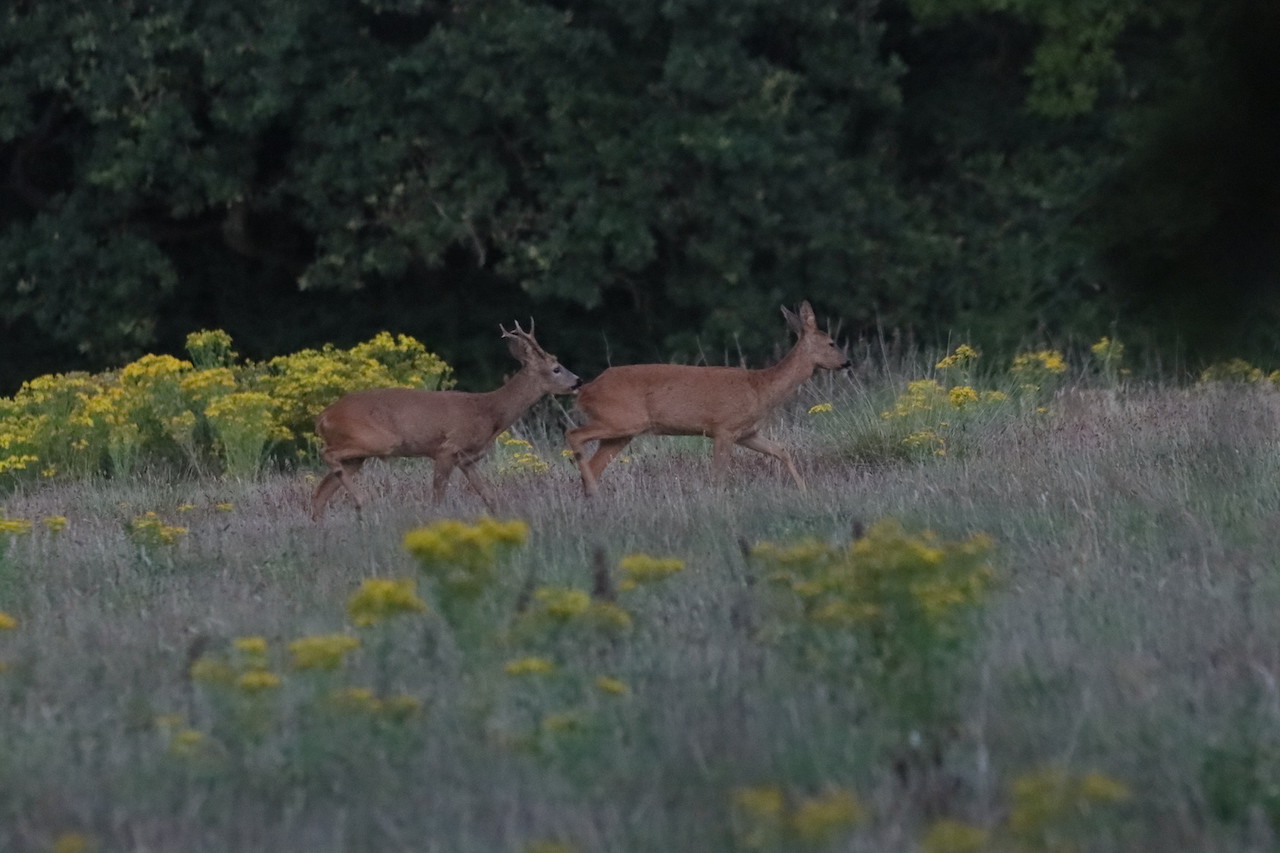









Victoria Balmforth
August 25, 2020 at 9:51 pm
Delightful, absorbing article. Thank you.
Annelize Kidd
August 26, 2020 at 10:54 pm
Just love this blog about all our favourite local places for wildlife!
Malcolm Fincham
August 27, 2020 at 9:37 pm
Always inspiring to me, to receive such delightful comments. Thank you.